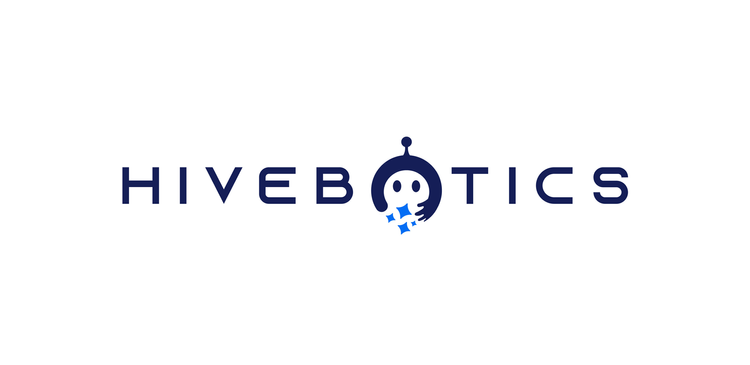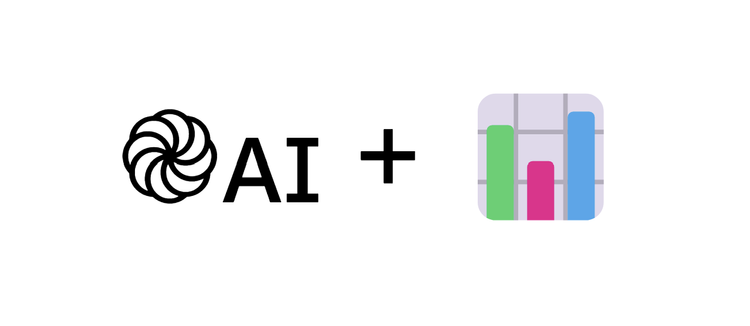AI for Beginners: What is AI? How does AI work? What is Generative AI?

These days, the world of artificial intelligence (AI) is filled with so many buzzwords and technical terms that it's easy to get lost in the jargon. In this series, we'll simplify the basics of AI and break down the concepts in an easy-to-understand way. Don't understand AI, how AI works, or what AI can do? Don’t worry—we've got you covered.
Overview of AI
Below is a comprehensive diagram of AI, its subsets, and the relationships between key technical terms. If some terms or concepts are unfamiliar, don’t worry—we’ll break them down step by step in this series.

What is AI?

Contrary to popular belief, AI isn't a specific kind of technology but, rather, a broad category of many different types of technologies.
Simply put, AI refers to computer systems and machines that mimic human intelligence, such as understanding language, recognising images, and making decisions.

How Does AI Work?

We can roughly divide AI into 2 main categories:
- Symbolic Reasoning
- Machine Learning

Symbolic Reasoning
Rules-based AI

Symbolic reasoning refers to a branch of AI that uses explicit, pre-defined rules and logic to solve problems. It relies on symbolic representations of knowledge and logical reasoning to mimic human intelligence. This means that AI based on symbolic reasoning follows "if-then" rules or pre-programmed logic to make decisions.
Think of symbolic reasoning-based AI like a system that thinks by following explicit rules and logic, much like the rules humans follow to solve puzzles or play strategy games. Instead of learning from examples (like machine learning), it uses pre-defined knowledge written in a structured way, like facts, rules, and relationships, to reason and solve problems.
You can think of it as a rules-based decision-maker:
- e.g., You tell the AI, "If A happens, then do B," and it follows those instructions step by step to figure things out.
This makes symbolic reasoning-based AI predictable and explainable—its decisions are always based on the rules it's given.
One of the most famous examples of symbolic reasoning AI is Deep Blue, a chess-playing supercomputer built by IBM in the 1990s that managed to beat the world champion at the time, Gary Kasparov.
- On a basic level, Deep Blue evaluated moves based on logical rules and game strategies preprogrammed into it. The system incorporated extensive hand-coded rules and heuristics, developed in collaboration with chess grandmasters.
- On a more technical level, Deep Blue was encoded with chess principles and winning strategies to evaluate positions and guide its decisions, using a highly optimised algorithm that could evaluate up to 200 million chess positions per second (i.e., it knew all the tricks in the book for chess, as well as the optimal moves to make for each position).

However, Deep Blue did not learn or improve its performance over time through experience, as machine learning AI systems do. In other words, Deep Blue wouldn't get better at chess the more it played. Instead, its intelligence was preset by explicit programming and carefully designed algorithms tailored for chess.
Machine Learning
Data-driven AI

Machine learning is the most popular type of AI we see today. When we think about most of the popular AI applications today, such as OpenAI's ChatGPT or Google's Gemini, we are referring to AI based on machine learning.
Machine learning (ML) is a branch of AI that enables systems to learn patterns and make decisions from data without being explicitly programmed with rules. Instead of relying on hand-coded instructions, ML models improve their performance over time by analysing examples and identifying underlying patterns.
Think of machine learning-based AI as a system that learns by example, much like humans do. If symbolic reasoning AI is like following a rulebook, machine learning is like figuring things out by observing and generalising from past experiences.
At a very basic level, machine learning works in three main steps:
- Training: The AI is shown data to learn patterns. For example, to recognise cats in photos, it analyses thousands of labelled images of cats to understand the features that make a cat a cat.Over time, the model learns the features that distinguish cats (e.g., whiskers, fur texture, or ear shape) and uses this knowledge to correctly identify cats in new images.
- Testing: The AI is tested with new, unseen data to check how well it has learned. For instance, it's given new pictures to see if it correctly identifies the cats. This ensures the AI isn't just memorising the training data but can work with new information.
- Deployment: Once the AI is trained and tested, it's put to use in the real world. For example, a social media app might use the model to automatically tag cats in your photos.
This makes machine learning-based AI flexible and adaptive—it can generalise to new situations, unlike symbolic reasoning AI, which is restricted by pre-defined rules. You can teach a machine learning model to recognise cats in images by showing it thousands of pictures labelled as "cat" or "not cat." With symbolic reasoning, you would have to explicitly tell the AI model exactly what features define a cat.
One of the most famous examples of machine learning AI is AlphaGo, developed by Google DeepMind. Unlike IBM's Deep Blue, which relied on explicit programming, AlphaGo learnt to play Go—a complex board game—by analysing data from millions of professional games and practicing against itself. It used a specific type of machine learning model called "neural networks" to evaluate board positions and predict optimal moves, eventually defeating the Go world champion in 2016 (notice a trend here?).

What set AlphaGo apart was its ability to improve through data and experience, the hallmark of machine learning. While its initial understanding of the game came from training on historical data, its real breakthrough was learning strategies by playing against itself, a type of machine learning process known as "reinforcement learning."
Unlike symbolic reasoning systems, machine learning AI systems like AlphaGo don’t require human experts to predefine every rule. Instead, as it gains experience with more data, it discovers rules and strategies on its own, making it highly effective for tasks where patterns are complex and not easily defined by logic. For instance, ChatGPT could not possibly run based on symbolic reasoning, as that would mean it would need a pre-written rule for every possible detail and nuance of human language, a task far too complex to program by hand.
In essence, machine learning is all about learning from data to make predictions or decisions, making it particularly powerful for tasks where explicit rules are hard to define, such as image recognition, language translation and media generation.
What is Generative AI?

When people talk about "generative AI," all it really refers to is a specific practical application of AI based on machine learning. Generative AI means any type of AI that creates new content—like text, images, music, or even videos—based on patterns it has learnt from existing data. Using the principles of machine learning, the AI uses what it has learnt to generate something entirely new and unique.

Examples include AI chatbots like ChatGPT, image generators like DALL·E, music creation tools, deepfake videos, and even code generators like GitHub Copilot. It automates creative tasks, offering innovative solutions across industries from entertainment to software development.
Up Next: Machine Learning Processes
In the next edition of our AI for Beginners series, we'll be going through machine learning in more depth. Specifically, we'll be covering the 3 main types of machine learning processes, namely supervised, unsupervised and reinforcement learning.





Member discussion